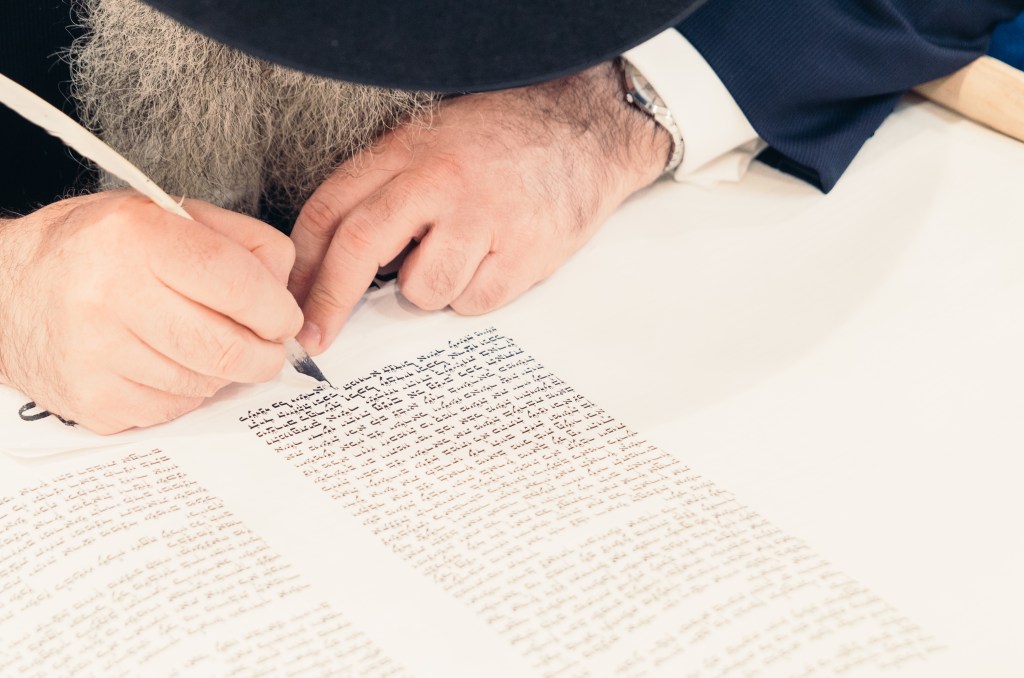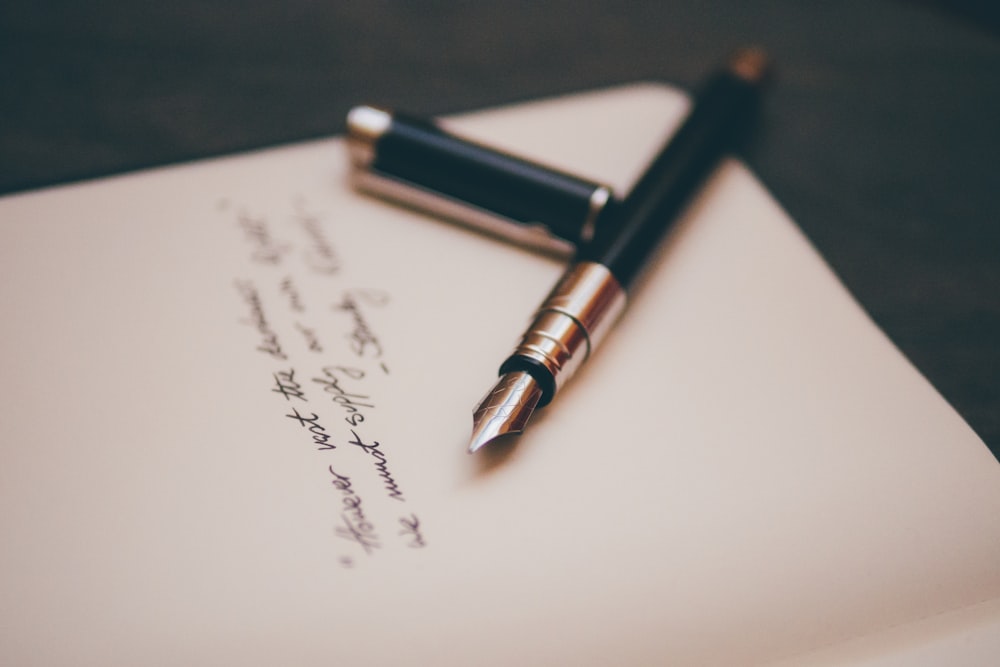
Once there was a day when the nib of a pen would intersect with a piece of paper, revealing the contemplations of a thoughtful person. The end result would yield a letter that would inspire a willing recipient and breathe fresh courage into a human soul.
Less than 200 years ago, letter-writing flourished in the American colonies. Yet, the convenience of technology has all but extinguished the power of the pen. The convenience of text messages and emails have replaced the personal touch of the letter. Indeed, the art of letter writing is nearly dead. For this reason, it is time to revive the lost art of letter writing.
A Rekindled Friendship
The strained friendship between John Adams and Thomas Jefferson is well known and documented. Thankfully, Dr. Benjamin Rush intervened and convinced Adams to renew his friendship with Jefferson. The second president of the United States responded with a letter to Jefferson. Subsequently, the two men exchanged letters back and forth until their respective deaths, which occurred on the same day – July 4, 1826. The power of pen and ink combined with some thoughtful words supercharged a friendship on the brink of collapse.
A Rekindled Art
A handful of letters have arrived in my mailbox over the past several years that left a meaningful mark and provided much-needed fuel to propel me in a Godward direction:
- An affirming letter from my father
- A letter of personal counsel from Dr. John Piper
- A letter of encouragement from my grandfather, Samuel Barger
- A letter from Pastor Wayne Pickens, who mentored me in the defining years of pastoral ministry
One letter from my 89-year-old friend, Bruce who recently went to be with the Lord sits permanently in my study:
“Knowing you is to learn, as our Lord measures it, more than just the message of Scripture. You sow also of yourself in His name. More than His word you teach by example, tireless sacrificial giving for His glory and in furtherance of His love …”
Each of the letters above are safely preserved and serve as a permanent reminder of a special time in my life.
Opening a timely and encouraging letter is like receiving oxygen at the summit of Mt. Everest after a grueling climb. It is like salve on a wound in need of healing. A letter is a welcome guest that is never turned away.
It is not too late to revive letter writing in our generation. I suggest we revive the art of letter writing for at least five reasons.
1. Personal Touch
First, a letter is personal. Taking time to compose words on a page, sealing the letter in an envelope, and dropping it in the mail involve a series of additional steps and effort but the payoff is worth it. The personal touch of a letter deeply impacts the one who receives it.
2. Powerful Memories
Second, a letter helps enshrine memories that preserve friendships, provide a permanent record of significant thoughts, and instill hope for the future. When I read a memorable letter, it helps recall significant thoughts and feelings that may have otherwise been forgotten.
3. Permanent Keepsake
Third, a letter becomes a personal and powerful memento. An email can be cataloged in Evernote or saved in some other digital format. An email can even be printed and tucked away for future reference. But an email can never replace the special quality of the written letter.
4. Portrays Selflessness
Next, a letter is an act of selflessness. It takes a certain amount of discipline, time, and creativity to craft a meaningful letter. Such a pursuit, then, involves an intentional act of kindness or selflessness as the one composing the letter must think of others before herself. One might say that letter writing is a way of fulfilling the Golden Rule: “Do to others whatever you would like them to do to you. This is the essence of all that is taught in the law and the prophets” (Matthew 7:12, NLT).
5. Proclaims a Blessing
Finally, a letter is a way of proclaiming a blessing. At the heart of a blessing is the need for acceptance. “Genuine acceptance,” writes John Trent, “radiates from the concept of the blessing.”1 A letter has a way of unleashing a person to become all that God intends them to be. It is a way of communicating the kind of support that is empowering and life-changing. A letter has a way of inscribing an indelible seal of blessing on the soul of one of God’s image-bearers.

A simple letter has the power to inspire hope, instill confidence, and initiate action. A letter communicates devoted love and lifts the human spirit. A letter unshackles the hands and feet, inspires hearts and minds, and communicates love and support to the people we care about.
Reviving the lost art of letter writing begins with you. Who will you influence or encourage today with a simple letter? Who will be the recipient of your timely wisdom or counsel? Who will be inspired to take a step into the great unknown because they received a letter from you? Who will be challenged by your courageous words? Whose life will be changed forever because you took the time to craft a well-thought-out letter? Let us, then, revive the lost art of letter writing – one letter at a time.
- John Trent, The Blessing (Nashville: Thomas Nelson, 1986), 28. ↩
One thought on “Reviving the Lost Art of Letter Writing”